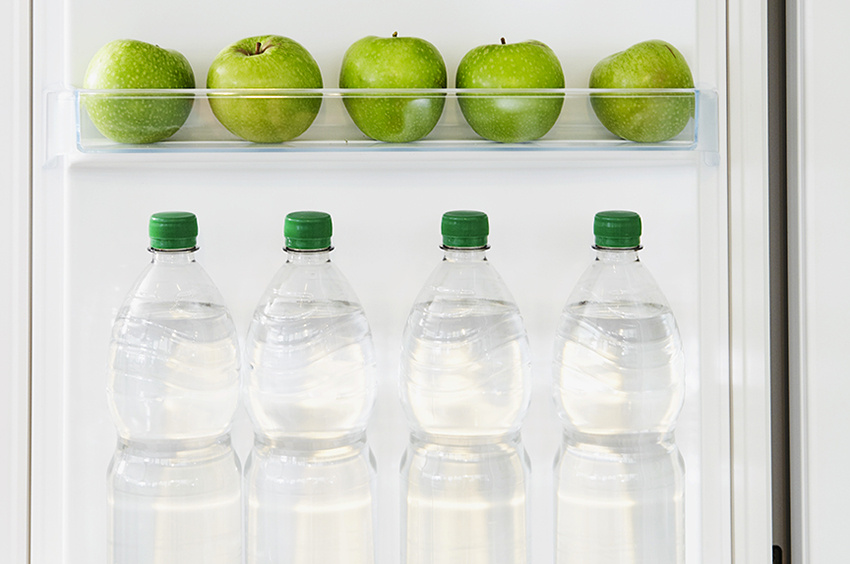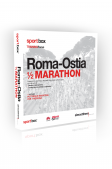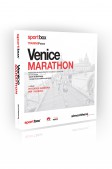
Ludwig Feuerbach first said it in Germany in the early 1800’s and modern dietitians contiunue to assert it even today. If we’re going to be honest with ourselves, the first distinction that needs to be made is that between those who “eat to do sport” and those who “do sport to eat”. This may seem somewhat flippant, but there is truth in it, and it can make a significant difference to dietary approach.
If it is true for everyone that a correct approach to diet is the basis for physical wellness, this is even more important for those who practise sport. In the last decade studies on diet and nutrition have produced a range of dietry regimes, or “diets” with the objective of gaining the attention of the masses, the much-awaited “magic” answer to a sportsman or sportswoman’s dietary needs.
Correctly interpreting the implications of all of these different regimes and choosing the one that is most suited to your own needs is, however, not easy.
Before taking a look at some of the diets that are fashionable at the moment, let’s clarify a few essential principals and debunk some of the myths:
- Sport and calories
It is true that you burn more calories if you do sport than if you lead a more sedentary lifestyle, but it is also true that two or three sessions a week (above all if they involve only gentle exercise and are not particularly long in duration) shouldn’t lead to an excessive change in the number of calories consumed. In this case, therefore, there is no need to embark on a strict dietary regime that is difficult to implement and maintain. The situation is different however, if you have a much more frequent and more demanding training program and have specific, competitive goals.
- Sport and carbohydrates
The relationship with carbohydrate is one of the most long-standing issues for practitioners of sport. There are those who consider it the enemy to be fought with every available weapon, and those, who cry just the opposite, who worship it and consume quanties that far exceed real requirements.
For people who practise sport regularly, the right quantity of carbohydrates (both simple and complex) is essential to supply the muscles with energy that is ready for use and to re-stock the reserves of glycogen in the muscles. An excess of sugars, in addition to greatly increasing the total number of daily calories consumed, can lead to problems with digestion, reduction in appetite and even interfere with the absorbtion of calcium.
- Sport and protein
The chapter “protein” is another difficult one. The literature talks of an average daily requirement of 1.1-1.5 grams of protein/kg. This value can increase to 1.7grams/kg for people involved in competitive sport. However, these values are very often exceeded, even to the point of being doubled, with the risk of causing damage to the liver and kidneys.
- Sport and hydration
Hydration is one of the most important areas and needs attention. This doesn’t mean drinking the first thing you find when you are thirsty. Learning to keep yourself hydrated requires some degree of education and the ability to regulate your decisions in relation to many different factors. It is not always true that the best drink for sports people is water, in fact often in sport it is fundamental to add mineral salts and sugars. But this is a topic that we’ll deal with in more detail another time.
In the light of these basic premises, lets try and provide some answers to those who want to delve into the quagmire of diets currently in vogue, by looking at four of the weight loss diets best known in racing circles.
THE ZONE DIET:
Developed by Dr. Barry Sears, this is a dietary system aimed at controlling the eicosanoids, hormones that act as biochemical messengers in the body and that can have a favourable or unfavourable impact on metabolism. To simplify, these hormones exert complex control over many systems in the body, including those that involve testosterone, insulin and growth hormone. The objective of the Zone diet is to impact the production of these hormones through diet, and improve many related biological functions. Amongst the most ambitious objectives is the famed regulation of insuline, responsible for the regulation of blood sugars and, as a consequence, the storage of fat and many other issues in the body.
Pro
It calls for the consumption of a high quantity of very important foods such as fruit and vegetables, with low levels of starch. It is a dietary regime with little saturated fat content and, if followed properly, enables consistant weight loss. It may have beneficial effects on diseases such as diabetes, high blood pressure and atherosclerosis. Also, hormonal rebalancing, strengthening of the immune system, an increase in energy and ability to concentrate.
Con
It is complicated and not simple to put into practise and follow consistently. If it isn’t well regulated you can end up with a very restricted calorie intake and therefore it can be disadvantageous for physical health and wellbeing in the long term.
GIFT DIET:
The focus of this diet is not calorie control, but rather on the consumption of carbohydrates and food quality. Developed by Italian Doctors Attilio Speciani and Luca Speciani, it is based on three fundamental pillars: activation of the metabolism, a gradual education towards increased movement and an intelligent distribution of the meals throughout the day. The parting assumption is that the restriction of calories tends to have the detrimental effect of slowing down the metabolism, with the obvious disadvantage in terms of weight loss. The proposed antidote to this metabolic slowdown is to keep energy consumption high, with the strategic distribution of meals throughout the day and the introduction of daily physical activity. According to the authors, the incisive work on boosting the metabolism, rather than restricting calories, is the key to sucess in a dietary regime.
Pro
A dietary regime that teaches an optimal distribution of meals across the day. The principal of making physical exercise a cornerstone of the program is very valid.
Con
One of the disadvantages, however, is that weight loss is not immediate. The activation of the metabolism needs patience, as time is required for the organism to adapt.
FOOD COMBINING DIETS:
This is now almost a museum piece, but it just won’t die. Several different versions have been proposed, but in short, it calls for a carbohydrate-only based lunch and a protein-only dinner. The concept is not mixing foods that may conflict with each other. Beyond the practicality of preparing the different dishes, there is a high risk of nutritionally unbalanced meals. The theories on which this is based (the use of different digestive enzymes according to the type of food ingested) have since been superceded.
Pro
It is not easy to find one from a nutritional perspective, but we can concede at least that it is simple to understand and interpret the rules.
Con
The risk of glycemic peaks at lunch and hunger at dinnertime. It is a dietary regime light years away from the ideal, often monotonous and even illogical.
DUKAN DIET:
The Dukan diet is one of the low calorie diets most in vogue at the moment. This regime favours protein-rich foods and vegetables that contain vitamins and mineral salts, but lack carbohydrates. This leads to a lack of blood sugars, which the organism counters by emitting “ketones” which are similar to glucose molecules, but in the long term can be damaging to the kidneys. It essentially makes use of two mechanisms, the natural sense of satiety that you feel following a protein-rich meal and the energy consumption produced in the transformation of protein molecules into fuel in order to meet energy requirements.
Pro
Weight loss is rapid and tangible.
Con
The weight is often gained back very quickly, but above all, large quantities of nitrogenous waste may intoxicate the liver and kidneys. In short, it is an unnatural regime, which can easily be the cause of a change to the enzymes in the liver.



 Subscribe to our newsletter to have the latest updates delivered straight to your inbox.
Subscribe to our newsletter to have the latest updates delivered straight to your inbox. TRI60 DISTANCE TRAINING
TRI60 DISTANCE TRAINING  Sportbox Training Focus Roma-Ostia Half Marathon 2019
Sportbox Training Focus Roma-Ostia Half Marathon 2019  Sportbox Training Focus Venice Marathon 2019
Sportbox Training Focus Venice Marathon 2019  t-shirt limited edition autographed by Danilo Goffi
t-shirt limited edition autographed by Danilo Goffi  Women's Sitting technical t-shirt
Women's Sitting technical t-shirt  Women's dove voglio technical t-shirt
Women's dove voglio technical t-shirt 